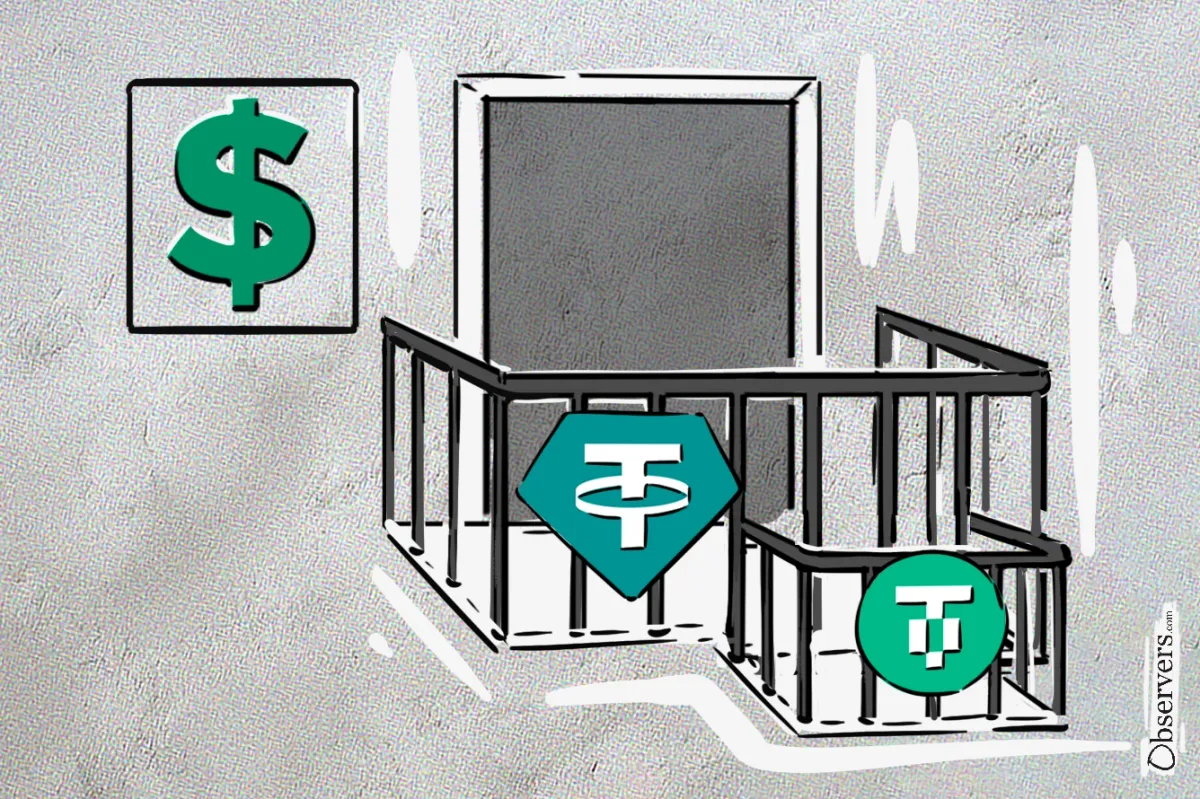
Stablecoins are usually pegged to other assets, but sometimes, they need new stablecoins pegged to them as well.
In January 2025, Tether launched USDT0 stablecoin pegged to USDT, and since then, it has been steadily gaining traction across multiple blockchains. The main reason behind its launch was the growing difficulty of scaling USDT in a fragmented blockchain ecosystem. As more chains and protocols popped up, moving USDT around started to rely heavily on unreliable bridges, scattered liquidity, and clunky backend systems, making things harder for both developers and users.
To make matters worse, newer networks began using synthetic versions of USDT issued by third parties. These versions gained popularity, but reconnecting them with real, native USDT became complicated.
USDT Zero on Layer Zero
That is where USDT0 comes in. It was designed to fix these issues. Built on LayerZero’s Omnichain Fungible Token (OFT) standard, USDT0 helps unify USDT liquidity across blockchains, without changing the token itself.
LayerZero's OFT standard lets tokens move across chains without needing to be wrapped or sent through traditional bridges. It works by locking/burning tokens on one chain, sending a message through LayerZero, and minting/unlocking the same amount on another chain.
In simple terms, you can lock USDT on Ethereum and mint USDT0 on any chain that supports LayerZero. USDT0 is always backed 1:1 by USDT on Ethereum. This setup creates a single, unified liquidity pool across blockchains, simplifies token transfers, and removes the need for third-party bridges. It also makes it easier to support new chains as they join the OFT standard.
Legacy Mesh
What is especially useful is that USDT0 works smoothly with native USDT versions on other blockchains. There is no split in liquidity due to the Legacy Mesh—a system introduced by Tether following the USDT0 launch.
Legacy Mesh connects existing USDT deployments on blockchains like Ethereum, Tron, and TON to the USDT0 network. Arbitrum serves as the core infrastructure for the Legacy Mesh, acting as the central hub that links various USDT deployments.
For example, you can send TRC-20 USDT (from Tron) to Arbitrum and get USDT0, which can then move freely between supported chains via LayerZero OFT.
So far, USDT0 has made it much easier to bring USDT to new blockchains. It is already live on Optimism, Berachain, Sei, Unichain, and Flare Network. In fact, over 50 million USDT0 was bridged to Flare within just 72 hours of launch—a clear sign of demand. That is not surprising, since new chains are eager for this major stablecoin support, and USDT0 makes it easy.
USDC Bridge vs. USDT Mesh
Tether’s main competitor, Circle, has a similar strategy for its product expansion, but is taking a different path with its USDC stablecoin.
Circle introduced the Bridged USDC Standard based on Circle’s proprietary Cross-Chain Transfer Protocol (CCTP), which operates by burning USDC on the source chain and minting an equivalent amount on the destination chain. Circle has also partnered with LayerZero to allow CCTP to be used within broader dApps that also use LayerZero.
On the business development side, Circle's expansion comes in two phases: first, a third-party team (usually the team behind the new chain) launches the Bridged USDC. Once the bridged USDC version picks up enough usage, Circle steps in, takes control of the contract, and turns it into a native USDC deployment. All existing balances, wallet holders, and application integrations remain unaffected.
This gives Circle more control over how USDC rolls out on new chains, but it doesn’t offer the flexibility and cross-chain functionality that USDT0 enables. It also lacks the built-in incentives that drive adoption in LayerZero’s setup, which naturally reward more usage and chain integrations.
| Aspect | USDC (CCTP) | USDT0 (LayerZero + OFT + Legacy Mesh) |
|---|---|---|
| Rollout Control | Centralized by Circle – they decide which chains and when | Decentralized – any supported chain can adopt via LayerZero and OFT |
| Chain Support Model | Whitelisted and gradually added by Circle | Permissionless and composable via LayerZero endpoints |
| Transfer Mechanism | Burn on source, mint on destination | Native token routed via messaging; no burn/mint needed |
| Flexibility | Limited – only between supported CCTP pairs | High – supports mesh-style routing across many chains |
| Incentives for Adoption | None built-in – Circle retains control and fees | Yes – LayerZero supports fee sharing with dApps, LPs, integrators |
| Integration Speed | Slow and compliance-heavy | Fast and developer-driven |
While both Tether and Circle are pushing stablecoins forward, Tether's approach seems more practical and scalable for getting stablecoins onto new chains. It remains to be Observed which path will lead, but the race to define cross-chain stablecoin standards is well underway.

